Gotta love sheet pan recipes. It makes food prep and cleanup so much easier. These sheet pan pork chops are full of flavor and roasted to perfection with sweet potatoes, cabbage, and turnips. You could choose whatever vegetables are in season and at your local farmers market. This recipe is also great with brussels sprouts, green beans, red potatoes, carrots, and well, most vegetables you can think of.
As with all food, quality matters. Pork chops are no exception. The pork you choose will make a difference for both your health and the environment. Pasture-raised pork isn’t just more nutrient-dense, it’s also more delicious.
Pasture-raised pork is better for your health.
It’s true you are what you eat, but it’s also true that you are what you eat eats. This goes for pork chops too. Conventionally raised pork is typically fed a highly inflammatory diet of GMO corn, soy and other Frankenfoods. They are also raised in inhumane conditions, locked in crates on unbedded cement floors, and barely able to walk around. Imagine how ill and inflamed your body would become if it were locked inside all day, without fresh air and sunlight. This also happens to the animals we eat when they are not cared for properly. When consumed, their inflammation becomes our inflammation.
Conventionally-raised animals are also more hazardous to your health. Not only are they inflammatory, but they have a higher incidence of bacteria growth and are more likely to carry dangerous diseases like E. coli. Their meat is more likely to contain high levels of heavy metals and pharmaceuticals. They may also have higher amounts of pesticide contamination from the pesticide-rich “food” they are fed.
Pasture-raised pork is more nutritious.
Healthy pigs are sustainably raised and allowed to move about and forage for their own food. They have access to outdoors, sunlight and fresh air. They eat a natural diet and are given few-to-no antibiotics and are never fed GMOs or hormones.
Pork from healthy pigs is also better for your health. It’s higher in omega-3 fatty acids and has fewer inflammatory omega-6 fatty acids than conventionally raised pork.[1] It’s also higher in vitamin E and CLA.
CLA cannot be manufactured in the body, and therefore, you must get it from your diet. Grass-fed, pasture-raised animal products are some of the best sources of CLA (which is why many vegans and vegetarians are deficient in this nutrient). Here are just a few of the reasons you want to make sure you’re getting enough CLA in your diet [2]:
- CLA can promote weight loss.
- It has anti-cancer properties.
- It supports bone growth and bone health.
- CLA helps you build muscle and strength.
- Some studies even show it can help reverse atherosclerosis (the hardening of the arteries, a precursor to heart disease).
Pasture-raised pork is better for the environment:
Pasture-raised pork is also more sustainable and better for the environment. Conventional pigs are raised in horrid conditions where they produce large amounts of waste in concentrated areas. Pasture-raised pork deposit their waste across large outdoor areas, which actually nourishes the soil and doesn’t contaminate the water supply.
Look for heritage pork. Yes, it’s a higher price tag, but it’s well worth it, for both its nutritional value and environmental impact.
Where to find heritage pork:
- If you live in the Bay Area, Belcampo and Prather Ranch both carry delicious, locally-raised, high-quality pork.
- If you live outside the Bay Area, try to find a butcher that sources locally. Make sure to ask about how the pigs were raised and what they were fed to make sure you’re buying high-quality, sustainable pork chops.
- If you don’t have access to local, pasture-raised pork, don’t worry. US Wellness Meats carries some of the best quality meat out there. Plus, they ship directly to your door. Can’t get easier than that.
Now that you’ve found some delicious, nutrient-dense, sustainably-raised pork chops, let’s start cooking.
Tips for reducing food waste:
- Don’t toss out the leafy greens attached to your turnips. Turnip greens are a great source of vitamin C, folate, copper, manganese, and calcium. You can cook them the same way you would cook beet greens, collard greens, chard, and other leafy vegetables. You could easily add them to other greens as well. They mix in great with the rainbow chard in this recipe for One Pot Pork Tenderloin and Rainbow Chard. I also love turnip greens braised in bone broth with a dash of sea salt and turmeric. Super simple and delicious. Try adding turnip greens to soups and stews too.
- Don’t bother with peeling your sweet potatoes. It takes time and the peel actually holds a lot of nutrients. Plus, it gives a great crispy texture to sweet potatoes when you roast them. Just make sure you’re buying organic and washing them thoroughly before eating the skin.
- Use the other half of the red cabbage to make Roasted Cabbage Spaghetti.
Now on to the recipe!
Here’s what you need:
- 1 T fresh thyme
- 2 T fresh rosemary
- 1 T apple cider vinegar (look for raw, unfiltered and organic)
- 2 T lemon juice
- 1 T dijon mustard (I use this one)
- 4 T extra virgin olive oil
- 3 garlic cloves, minced
- 1 t black pepper
- 3 t sea salt (this one is my favorite)
- 4 (1-inch-thick) pasture-raised pork loin chops (preferably frenched)
- 8 baby turnips, halved
- 1/2 small head red cabbage, roughly chopped (about 2 cups)
- 1/2 pound sweet potatoes, halved lengthwise and cut into 3/4” wedges
Here’s what you do:
- Preheat your oven to 425 degrees.
- Combine the first nine ingredients in a large bowl. Give it a good stir so it’s well-mixed.
- Set aside about a third of the herb-mustard sauce, leaving the rest in the big bowl.
- Add the turnips, cabbage, and sweet potatoes to the large bowl and toss all the vegetables so everything is well-coated in the herb-mustard sauce.
- With the remaining sauce, coat the pork chops even. I used a basting brush for this.
- Place the pork chops on a large parchment-lined baking sheet. Spread the vegetables around the pork chops. You may need two baking sheets for this so that you don’t overcrowd the pan.
- Bake in the oven at 425 for 12 minutes. Take the sheet pans out, flip the pork chops and toss the vegetables. Return the baking sheets to the oven and bake for another 12 minutes, or until the pork reaches an internal temperature of 140 degrees.
- Remove from the oven and let the pork rest for about 5-8 minutes before serving.
Pin and save for later:
Important Notes:
I am not a doctor, and I don’t claim to be one. I can’t prevent, treat, cure or diagnose illness or disease. The information presented on this website is not meant to replace a one-on-one relationship with your health care professional and is not intended as medical advice, treatment or diagnosis. The purpose of this website is to share knowledge from my research and experience. I encourage you to make your own decisions regarding your health care based on your own research and relationship with your health care professional.
I make a small commission from the product links above, although the price of the products stays the same for you, whether or not you purchase through my affiliate links. You can purchase these products directly from the sites if you don’t wish to use my affiliate links.
References:
[1] Understanding Meat Quality, Dr. Susan Ducket, Clemson University, Results from Pasture Based Beef Systems – 3 year Multi State Study
[2] https://www.ncbi.nlm.nih.gov/pubmed/11340114
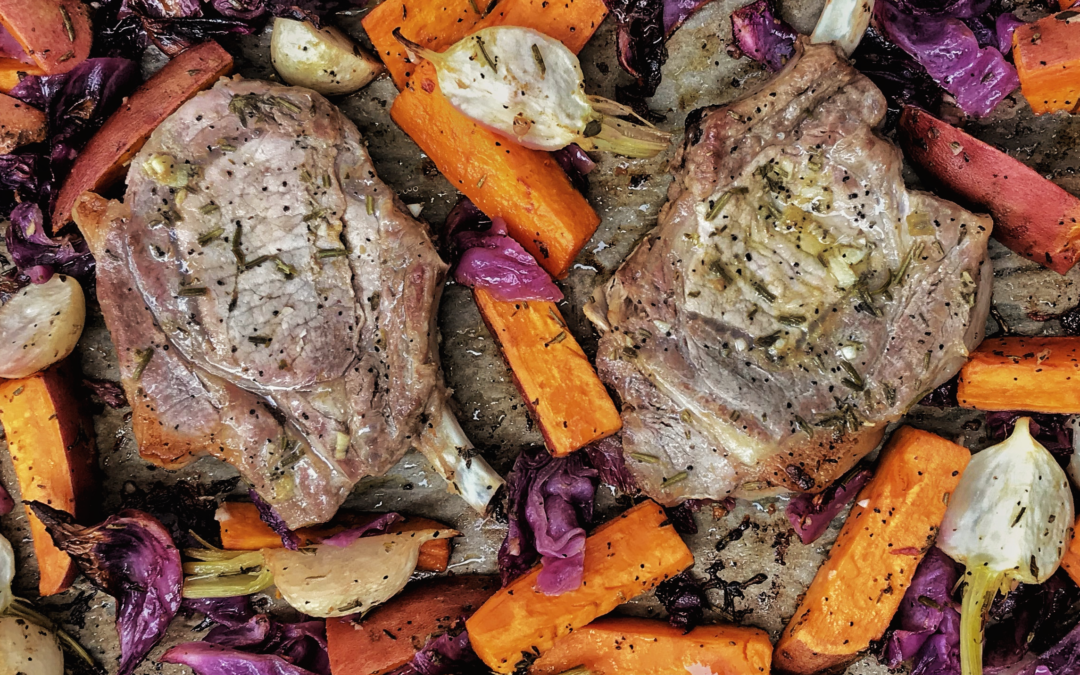
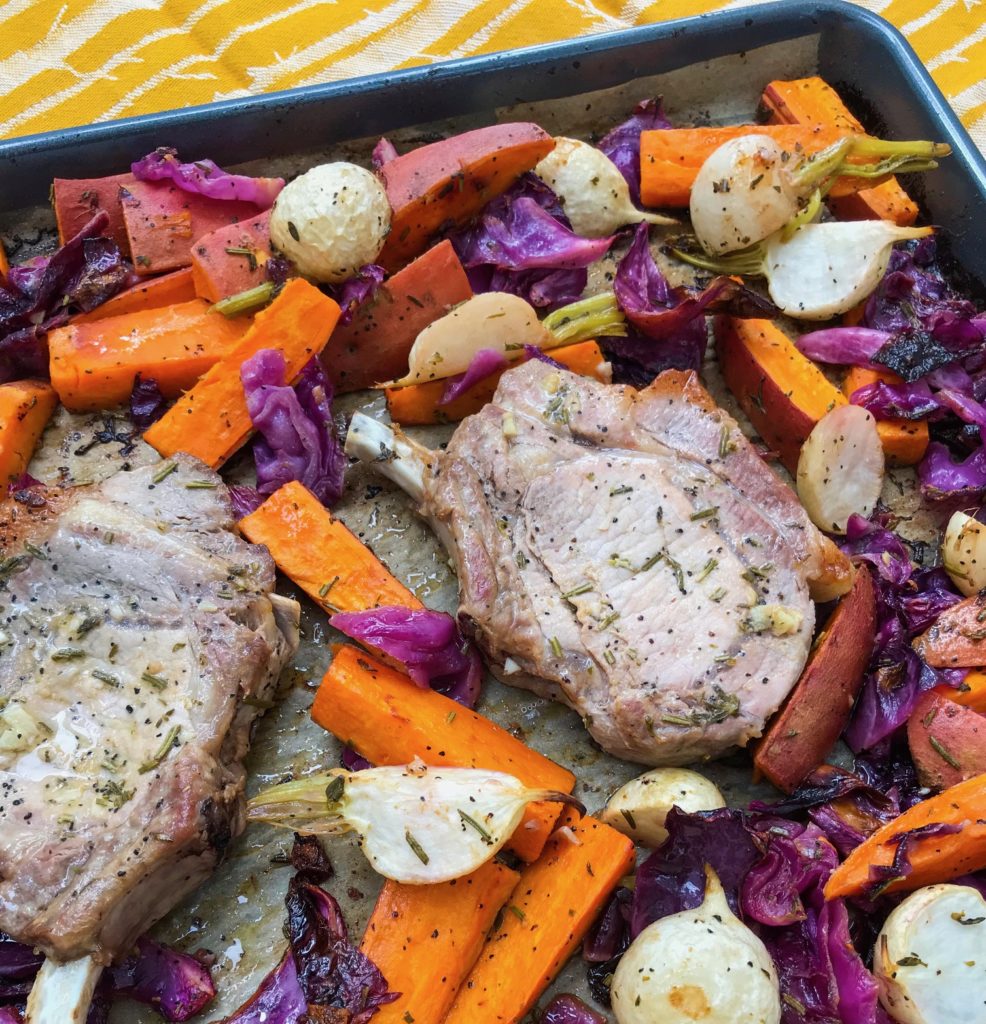
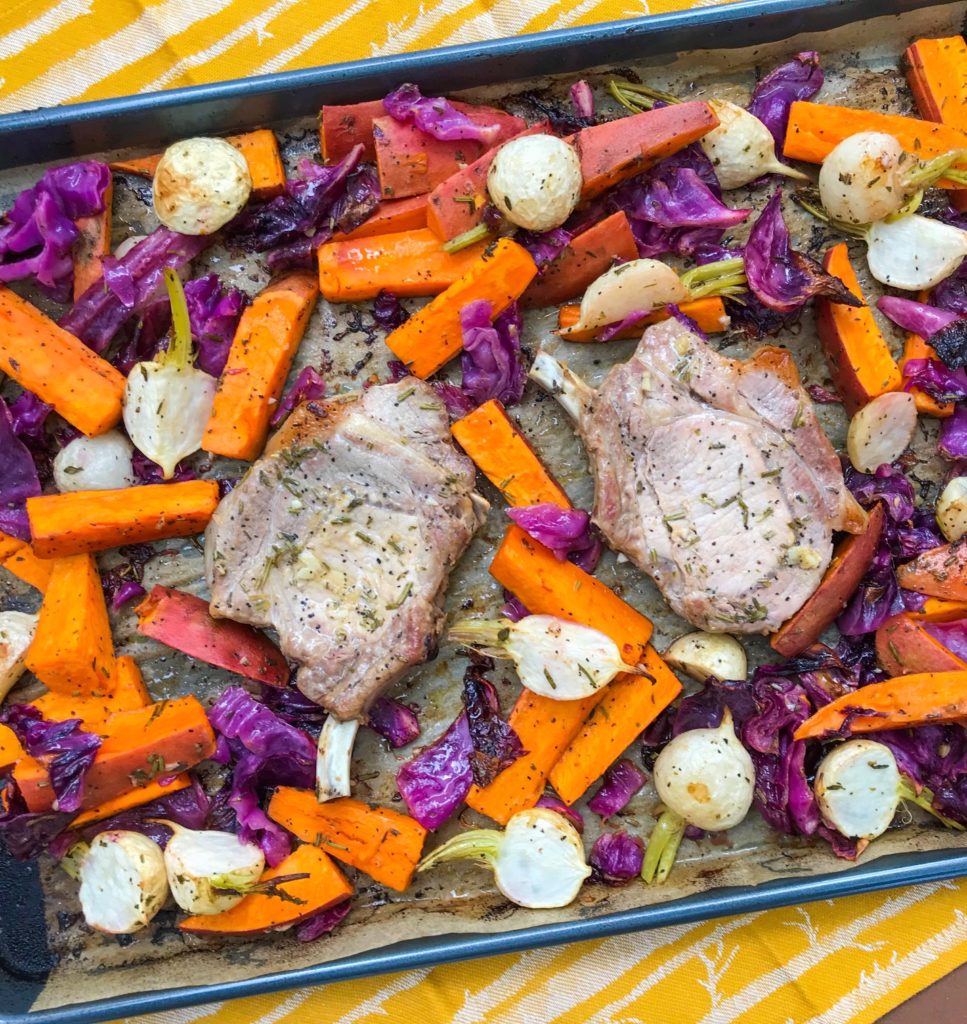
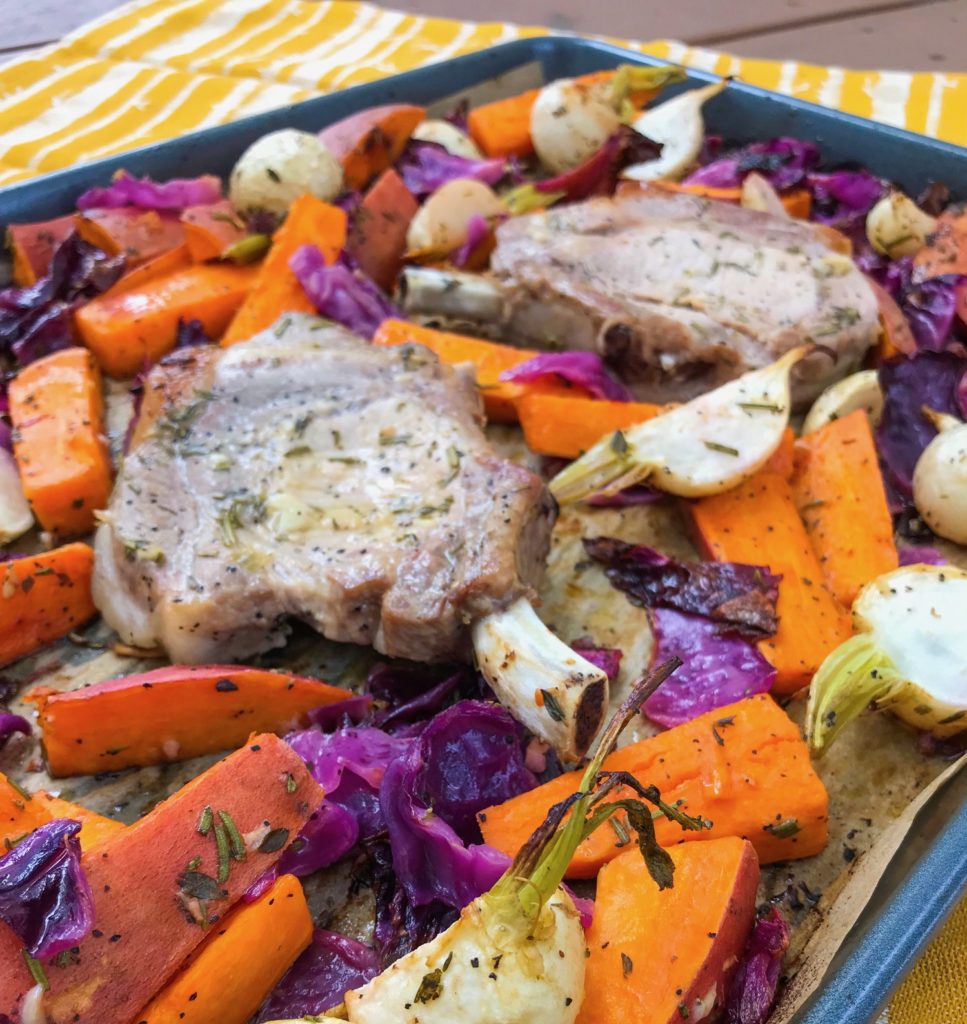
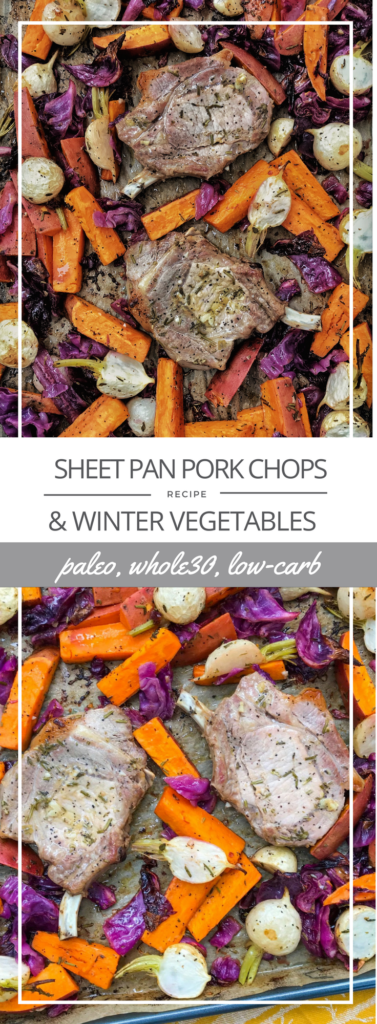
This recipe looks amazing! I can’t wait to try it. I’m not a huge fan of mustard. Would the recipe still be good if I didn’t use mustard? Thanks!
Hi Ben! Great question! Yes, you can definitely make this recipe without the mustard, it will just have a slightly different flavor, although still delicious! You could substitute honey or maple syrup (for a sweeter flavor). Or, horseradish with honey would add that spicy-sweet tanginess that mustard offers. Let me know what you end up trying. Enjoy!